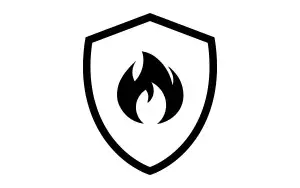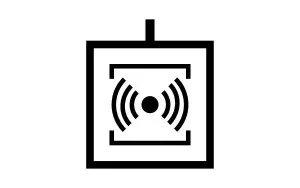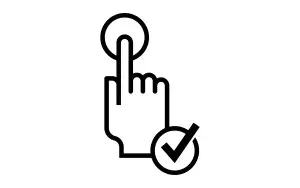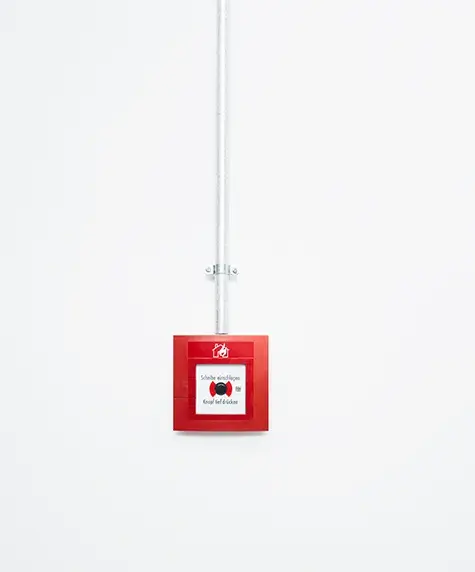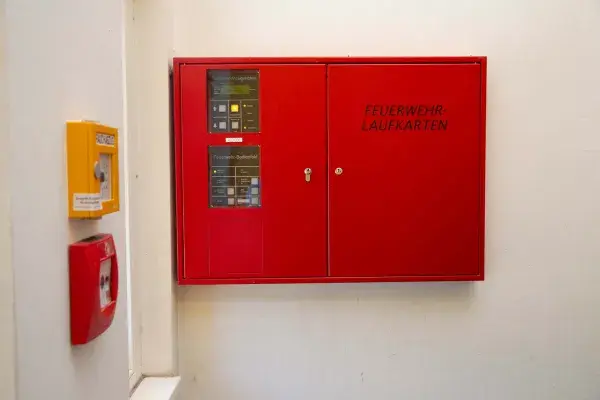Hazard detection systems make a significant contribution to the safety of people and buildings. They recognise dangerous situations such as fire, smoke, gas leaks or break-ins. These include
- Building alarm and fire warning systems
- Fire alarm systems
- Electro-acoustic systems
- Intrusion alarm systems
Your advantages
Damage limitation
Early warning system detects fires and break-ins at an early stage and thus ensures that damage is kept to a minimum.
Targeted alerting
People present can be alerted immediately in the event of danger and evacuation measures can be initiated.
Notification to help centres
Assistance centres such as the doorman, security service or fire brigade can be informed manually or automatically.
Initiation of protective measures
Protective measures can be initiated manually / automatically, including, for example, the activation of extinguishing systems or smoke extraction systems.
Hazard detection systems for your safety
CWS offers you various hazard detection systems from renowned manufacturers.
Functionality of a hazard detection system
Warning detectors of a hazard detection system check the premises for hazards. Smoke detectors check the air for smoke particles. Motion detectors monitor the room and sound the alarm in case of movement.
Warning detectors send the current status to the central unit of the hazard detection system. The central unit receives and processes the information from the warning detectors. In case of danger, the central unit of the hazard detection system triggers measures. This includes the alerting of persons present or assistance agencies (security, fire brigade, police) as well as the activation of further systems (e.g. extinguishing system). The hazard detection system and its electronic cables must be separately protected from fire and heat so that the hazard detection system continues to function in the event of fire.
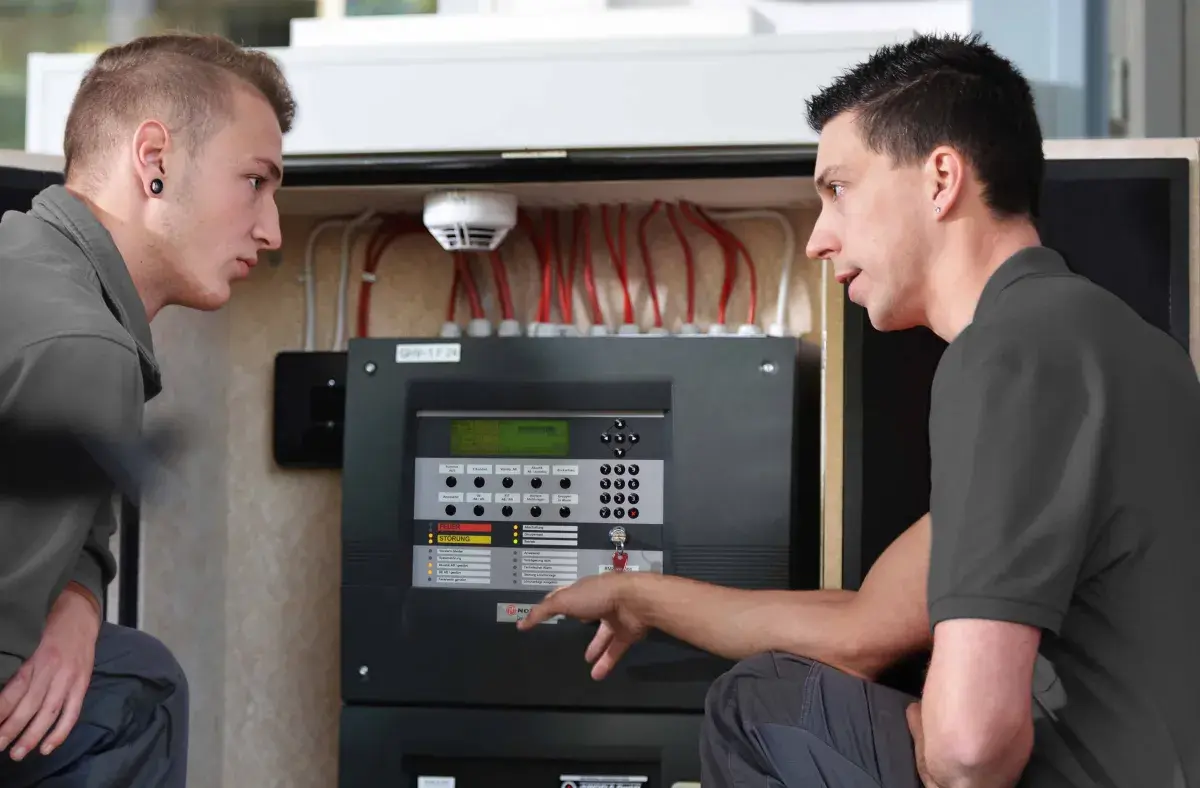
Reliable and safe
DIN VDE 0833
The DIN VDE 0833 standard specifies the minimum requirements for a hazard detection system. This includes the planning, installation, operation, maintenance and testing of hazard detection systems. Compliance with the requirements of DIN VDE 0833 ensures that hazard detection systems meet the current technical standard and thus guarantee a high level of reliability and safety.
Step by step to the hazard detection system
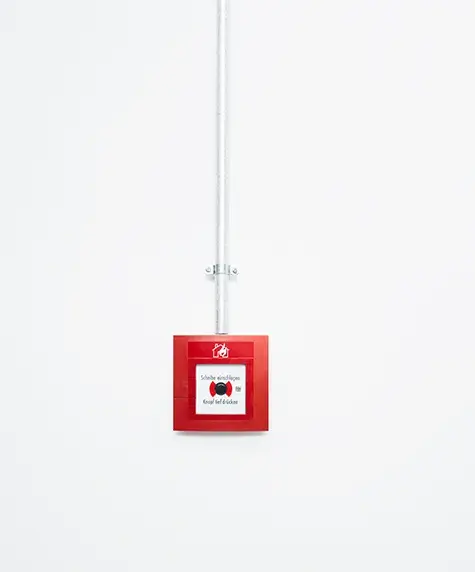
The installation of hazard detection systems is based on requirements imposed by authorities, insurance companies or on a voluntary basis. The following steps are necessary before the hazard detection system can be put into operation:
- Record the requirements for the hazard detection system. This is based on the building permit, insurance requirements or individual protection goals.
- Inspection of the on-site conditions and exchange of information on the protection goals.
- Planning of the hazard detection system with all components.
- Installation of the hazard detection system and preparation for acceptance (incl. trial operation).
- Acceptance of the hazard detection system by a certified body.
- Instruction in the operation of the hazard detection system, as well as handing over all documentation.
Maintenance of hazard detection systems
Depending on the type of hazard alarm system, there are different specifications for maintenance and inspection.
- House alarm system: annual maintenance
- Fire alarm system: quarterly inspection and annual maintenance
- Electro-acoustic system: one inspection per quarter and annual maintenance.
- Burglar alarm system: one inspection per quarter and annual maintenance.
Maintenance and inspection must be carried out by a competent person. We are happy to carry out the maintenance and inspection of your hazard detection system. Request a quote now.
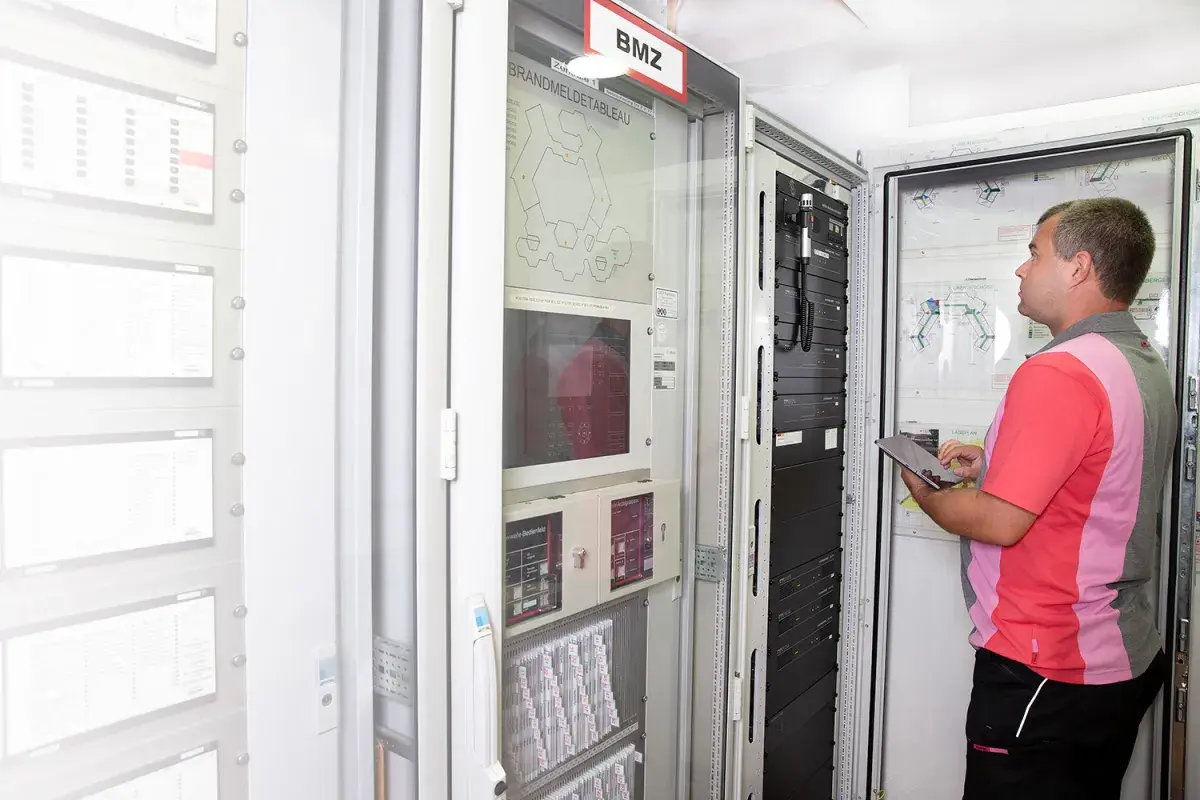
Questions and answers about hazard detection systems
What is HDS?
HDS is the abbreviation for the term hazard detection system. These are alarm systems that detect dangers such as smoke, fire and burglary. In the event of danger, alarm systems can (independently) inform emergency services such as the fire brigade. They are also used, for example, to evacuate people from a building.
What hazard detection systems are there?
There are the following types of hazard detection systems:
- Fire alarm systems detect smoke and fire in time, alert persons present and the local fire brigade. They trigger further measures such as the activation of an extinguishing system.
- Fire warning systems inform people present acoustically and visually of the fire hazard.
- Burglar alarm systems deter burglars at an early stage or alert emergency services such as the security service in case of danger.
- Electroacoustic systems) are used to evacuate people. This is done by targeted voice announcements as well as by alerting emergency services. If an ELA system is connected to a fire alarm system, it is called a voice alarm system. Other variants are the electroacoustic emergency warning system and the emergency and danger response system.
- Hold-up alarm systems inform the police or the guard service in the event of a hold-up.
How does a hazard detection system work?
Different warning detectors check the premises on site for possible hazards such as fire, smoke, burglary, etc. These warning detectors regularly send the current status to the central unit of the hazard detection system. The central unit collects and evaluates the information and triggers an alarm in case of danger.
Why must the transmission paths of a hazard detection system be monitored?
If transmission paths of a hazard detection system are interrupted, the hazard detection system cannot function and people cannot be protected. The transmission paths of a hazard detection system can be via telephone lines, radio networks or internet connections. These transmission paths are monitored via automatic test calls, regular function tests or special monitoring devices.
What is a hazard detection system 34a?
This refers to the requirements of §34a of the Trade, Commerce and Industry Regulation Act. This paragraph sets out the requirements for tradespeople who set up and operate hazard detection systems.
What does not belong to the so-called hazard detection systems?
Systems that do not detect the danger situation themselves are not classified as hazard detection systems. These include video surveillance systems, access control systems, fire fighting systems (fire extinguishers) as well as emergency lighting systems.

